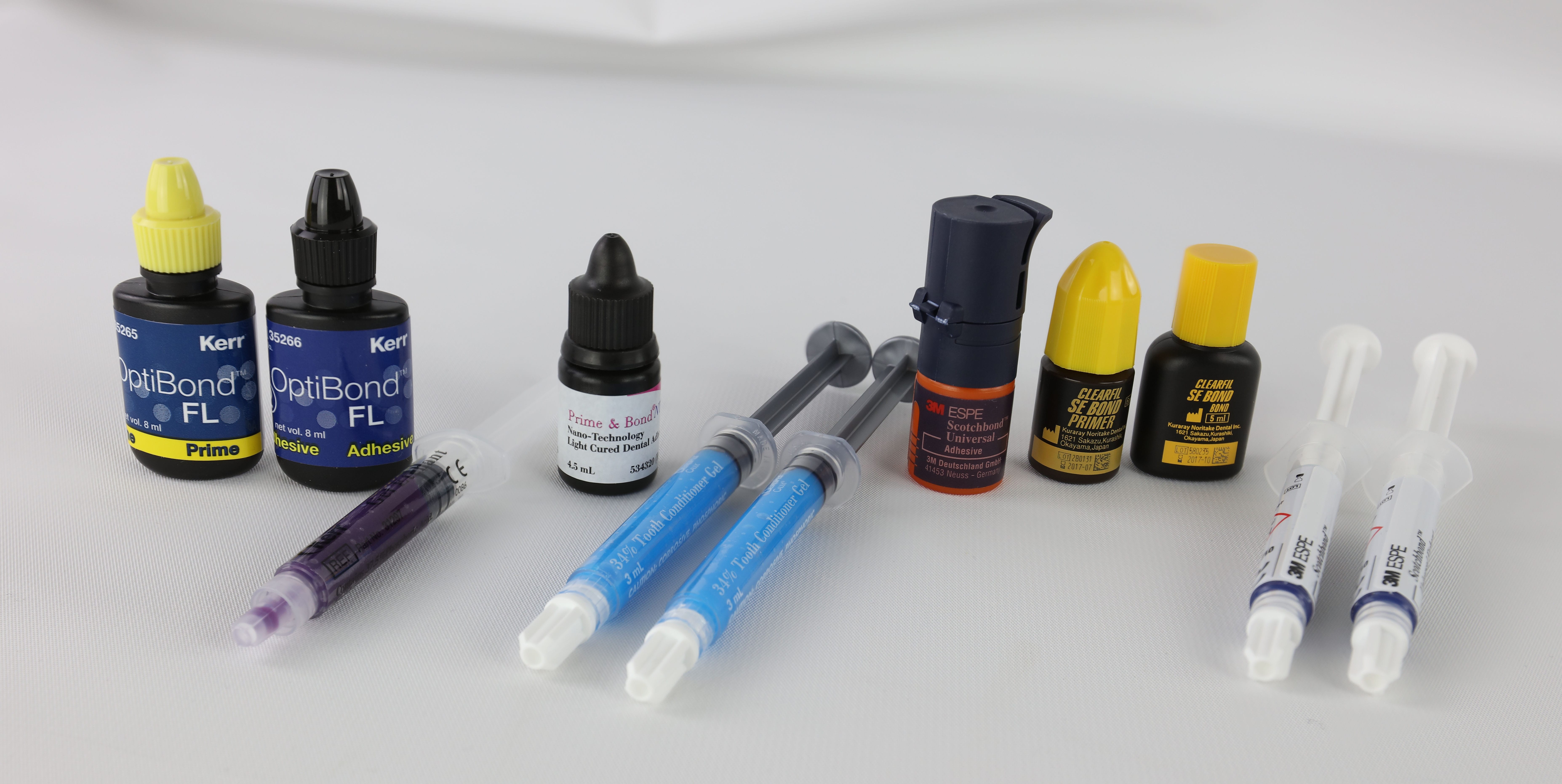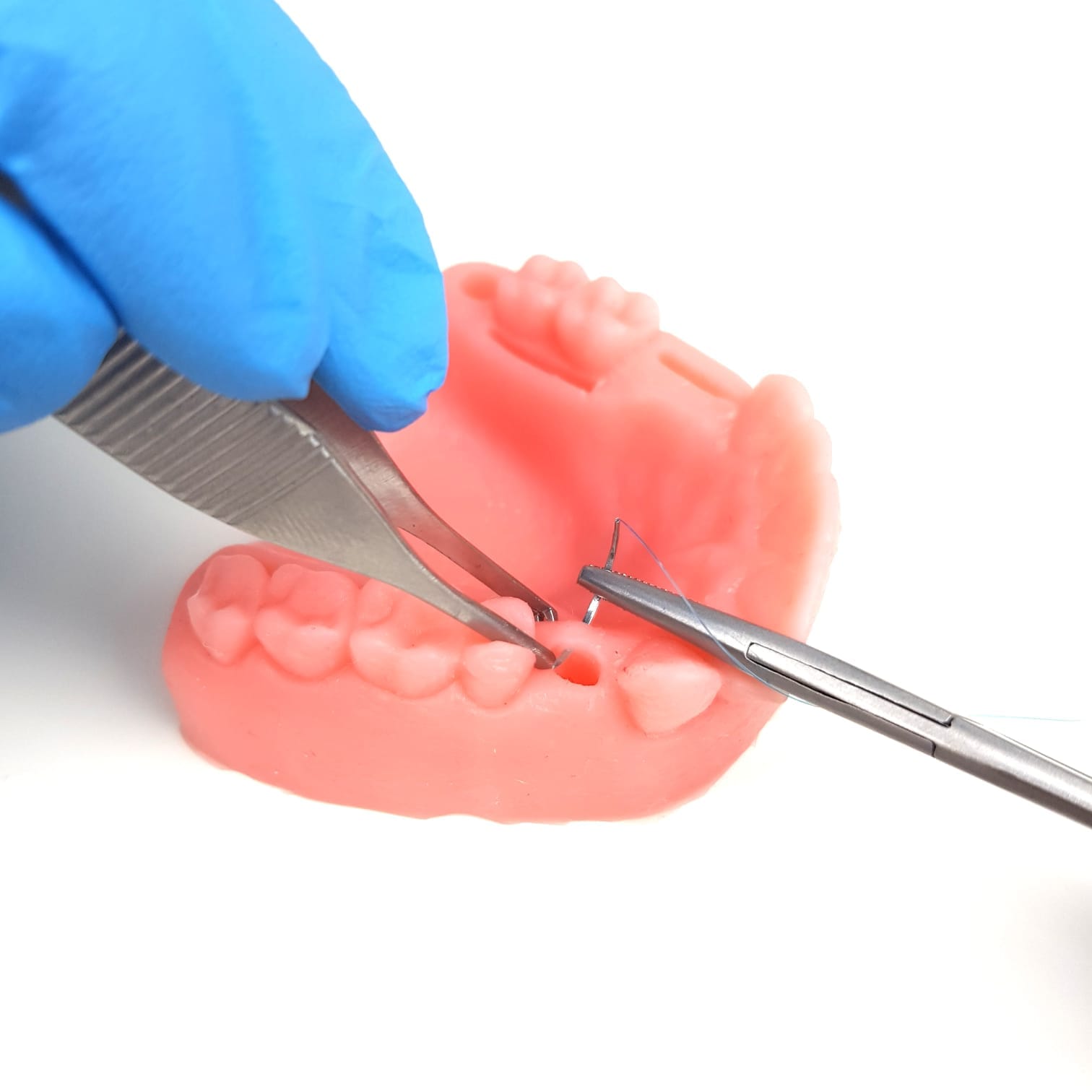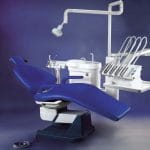In the fast-paced realm of dentistry, light curing systems have become indispensable for achieving successful restorative outcomes. Did you know that effective polymerization can enhance the longevity of dental restorations by up to 30%? As a dental professional, you understand the importance of selecting the right tools to ensure optimal results while minimizing patient discomfort.
This guide will provide you with essential insights into choosing the best light-curing options for your practice, comparing modern LED systems with traditional models. By the end, you’ll be equipped with the knowledge to elevate your treatment procedures and enhance patient satisfaction. Are you ready to discover how the right dental light cure can transform your practice?
Understanding Dental Light Cures
Dental light cures are indispensable tools in modern dentistry that activate light-sensitive materials such as composite resins and adhesives. The success of these materials hinges on the precision of the light-curing process, which directly influences the durability and functionality of dental restorations. Properly cured restorations significantly reduce risks like microleakage, secondary decay, and premature failure, ensuring long-lasting results.
Evolution of Light-Curing Technology
The evolution of dental curing lights reflects continuous innovation aimed at improving efficiency and outcomes:
| Type | Advantages | Disadvantages |
|---|---|---|
| Halogen Lamps | Broad spectrum of visible light; compatible with many materials | Generates heat; requires frequent bulb replacements |
| LED Curing Lights | Energy-efficient; portable; faster curing times | Initial cost may be higher |
| Plasma Arc Curing Lights | High intensity; rapid curing capabilities | Expensive; requires careful handling |
| Laser Curing Lights | Precision; effective for complex restorations | Costly; requires specialized training |
Incorporating best practices when using these devices can further enhance their effectiveness. For instance, maintaining an optimal distance between the light tip and restoration surface ensures proper polymerization while minimizing potential risks associated with overheating or inadequate exposure time.
Regular updates on advancements in LED technology indicate a growing preference among professionals due to their efficiency and safety features compared to traditional methods.
Types of Dental Curing Lights
Choosing the right type of dental curing light is essential for optimizing treatment outcomes in modern dentistry. Below is a comprehensive breakdown of the most common types of curing lights:
LED Curing Lights

LED curing lights have gained widespread popularity among dental professionals due to their numerous advantages:
- Energy Efficiency: Consumes less power compared to traditional halogen lights while delivering high performance.
- Longer Lifespan: Typically lasts longer than other types, reducing replacement costs over time.
- Minimal Heat Generation: Reduces discomfort for patients during procedures by maintaining a cooler operating temperature.
- Specific Wavelength Emission: Most emit light in the blue spectrum (440-490 nm), optimal for polymerizing various dental materials effectively.
- Cordless Options: Enhances ergonomics and maneuverability during use, allowing greater flexibility in clinical settings.
Halogen Curing Lights
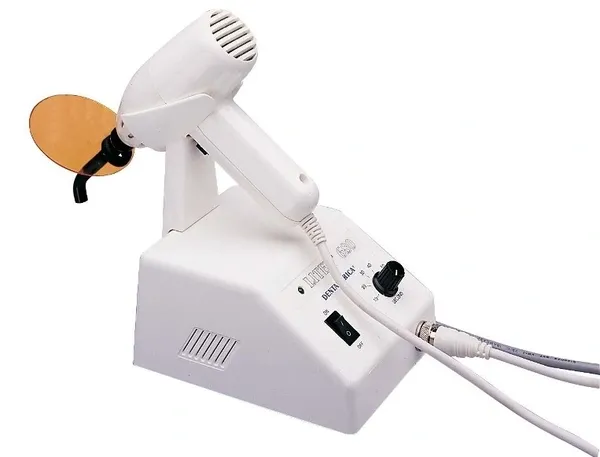
While less common today, halogen curing lights still hold value in certain practices:
- Broad Range of Wavelengths: Capable of effectively curing a variety of dental materials due to their wide emission spectrum.
- Cost-Effective: Generally more affordable than newer technologies, making them accessible for many practices.
Plasma Arc Curing Lights
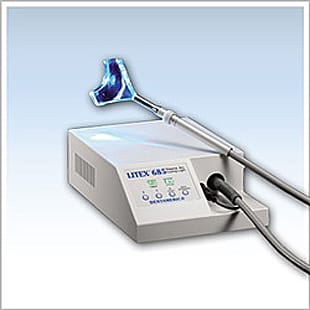
These high-intensity lights offer rapid curing times but come with specific drawbacks:
- Higher Cost: More expensive than LED or halogen options; consider budget implications before purchase.
- Maintenance Requirements: May require more frequent upkeep due to their intensity levels.
- Ideal for High-Volume Practices: Best suited for environments requiring quick turnaround times without compromising quality.
Laser Curing Lights

Laser curing lights represent cutting-edge technology in dentistry:
- Precision Targeting: Minimizes the risk of over-curing adjacent areas, ensuring accuracy in restorations.
- Advanced Features: Often includes functionalities that require specialized training, enhancing treatment capabilities.
Incorporating these insights into your practice can significantly improve patient outcomes while ensuring efficient use of resources. For best results, always follow manufacturer guidelines regarding usage and maintenance.
Key Factors to Consider When Choosing a Dental Curing Light
Selecting the appropriate dental curing light is essential for optimizing treatment outcomes and enhancing practice efficiency.
Light Intensity and Wavelength
Light intensity significantly influences the depth and quality of the cure, measured in milliwatts per square centimeter (mW/cm²). Different dental materials necessitate specific wavelengths for effective curing. When choosing a curing light, consider:
- The types of materials predominantly used in your practice.
- Recommended intensity and wavelength specifications for those materials.
- The device’s capacity to maintain consistent output over time.
Curing Programs and Modes
Modern curing lights come equipped with various programs tailored to different materials or procedures, including:
- Standard Mode: Ideal for general curing applications.
- Soft-start Mode: Minimizes polymerization stress on materials, thereby enhancing their longevity.
- Pulse Mode: Optimized for specific materials or techniques to improve efficacy.
Opt for lights that provide flexibility in curing programs to address a wide range of clinical scenarios effectively.
Ergonomics and Accessibility
The design of the curing light plays a vital role in usability and comfort during procedures. Seek features such as:
- A lightweight design that reduces hand fatigue during prolonged use.
- An ergonomic grip that allows precise control and maneuverability.
- A slim profile facilitating easy access to posterior teeth.
- A 360-degree swivel light guide that enhances positioning versatility.
Battery Life and Portability
For cordless models, battery life is paramount. Assess:
- Expected runtime on a single charge based on typical usage patterns.
- Charging time and availability of spare batteries to ensure seamless workflow.
- Models equipped with low-battery indicators to prevent unexpected interruptions during procedures.
Cost and Maintenance
While the initial purchase price is crucial, consider the total cost of ownership over time.
| Brand | Type | Light Intensity | Wavelength Range | Battery Life | Warranty |
|---|---|---|---|---|---|
| Cicada Medical | LED | 1200 mW/cm² | 420–480 nm | 60 min | 3 years |
| Cicada Medical | LED | 1600 mW/cm² | 385–515 nm | 90 min | 5 years |
| Cicada Medical | Halogen | 800 mW/cm² | 400–500 nm | Corded | 2 years |
| Cicada Medical | Plasma Arc | 2200 mW/cm² | 380–500 nm | Corded | 1 year |
Note: This table serves as an illustration; actual models may vary.
When comparing options, evaluate warranty coverage duration, availability, cost of replacement parts, and the manufacturer’s reputation for customer support.
Best Practices for Using Dental Curing Lights
To maximize the effectiveness of your dental curing light, adhere to best practices that enhance performance and ensure patient safety.
Proper Positioning
To achieve optimal results during procedures:
- Position the light tip as close to the dental material as possible, ideally at a perpendicular angle.
- Ensure maximum exposure by avoiding obstructions or shadows from surrounding structures or instruments.
- Use a consistent technique across all restorations to achieve uniform curing results.
Exposure Time
Follow manufacturer recommendations regarding exposure times based on specific materials and light intensity:
- Be aware that deeper restorations may require longer curing times or multiple exposures to ensure complete polymerization.
- Consider using a radiometer to regularly check the output intensity of your curing device, ensuring it meets necessary standards.
Eye Protection
Safety should always be a priority in your practice:
- Always use appropriate eye protection for yourself, your staff, and your patients during procedures involving light-curing devices.
- Choose filters or shields specifically designed for the wavelength emitted by your curing light.
Maintenance and Care
Regular maintenance is crucial for ensuring optimal performance and longevity of your curing light. Follow these guidelines:
- Clean the light guide and body after each use according to manufacturer instructions.
- Regularly check for damage or wear on both the light guide and body components.
- Calibrate the light output periodically using a dental radiometer to ensure consistent performance.
- Replace bulbs or LEDs as recommended by the manufacturer to maintain optimal functionality.
Impact on Dental Health and Patient Education
Proper light curing is essential not only for ensuring successful restorations but also for enhancing overall patient health outcomes. Inadequately cured materials can lead to various complications such as:
- Microleakage that can result in secondary decay.
- Premature failure of restorations due to insufficient bonding strength.
- Increased risk of post-operative sensitivity affecting patient comfort.
Educating patients about these risks underscores your commitment to quality care while highlighting the importance of investing in reliable equipment. Clear communication about how proper light-curing techniques contribute to long-lasting restorations can foster trust between you and your patients.
Future Trends in Dental Light Cure Technology
The field continues to evolve with emerging trends that promise enhanced functionality and user experience:
- Smart Curing Lights: Equipped with built-in sensors that automatically adjust settings based on material type or thickness, ensuring optimal results every time.
- Integration with Digital Dentistry Workflows: Seamless connectivity with digital tools enhances workflow efficiency within modern practices.
- Advanced LED Technology: Newer models offer broader spectrum coverage while maintaining energy efficiency, allowing compatibility with an even wider range of materials.
Staying informed about these developments will empower you to make forward-thinking decisions regarding new equipment investments that align with best practices in contemporary dentistry.
Conclusion
Choosing the right dental light cure is a critical decision that directly impacts both treatment quality and patient satisfaction. By considering factors such as light intensity, wavelength compatibility, ergonomics, battery life, cost-effectiveness, and maintenance requirements, you can select a system that enhances your practice’s efficiency while improving patient outcomes.
Remember that while technology plays an essential role in effective dentistry, it is ultimately your expertise as a professional that determines restoration success. Invest in ongoing education and training opportunities to maximize your equipment’s potential while providing exceptional care tailored to each patient’s needs.
As you evaluate your options, consult with colleagues, attend dental trade shows, engage with manufacturers through demonstrations, and stay updated on industry trends. With careful consideration and informed choices, you can select a dental light cure that will serve your practice well into the future—ensuring high-quality care for years to come.


